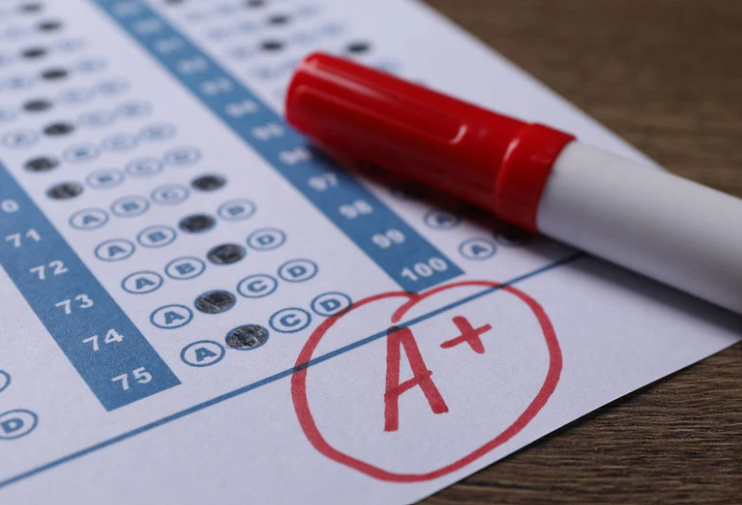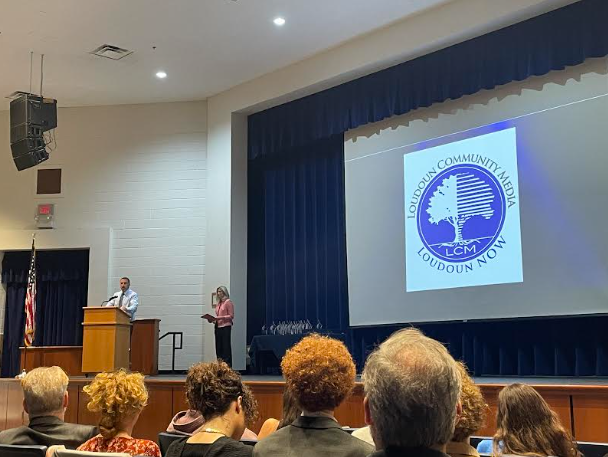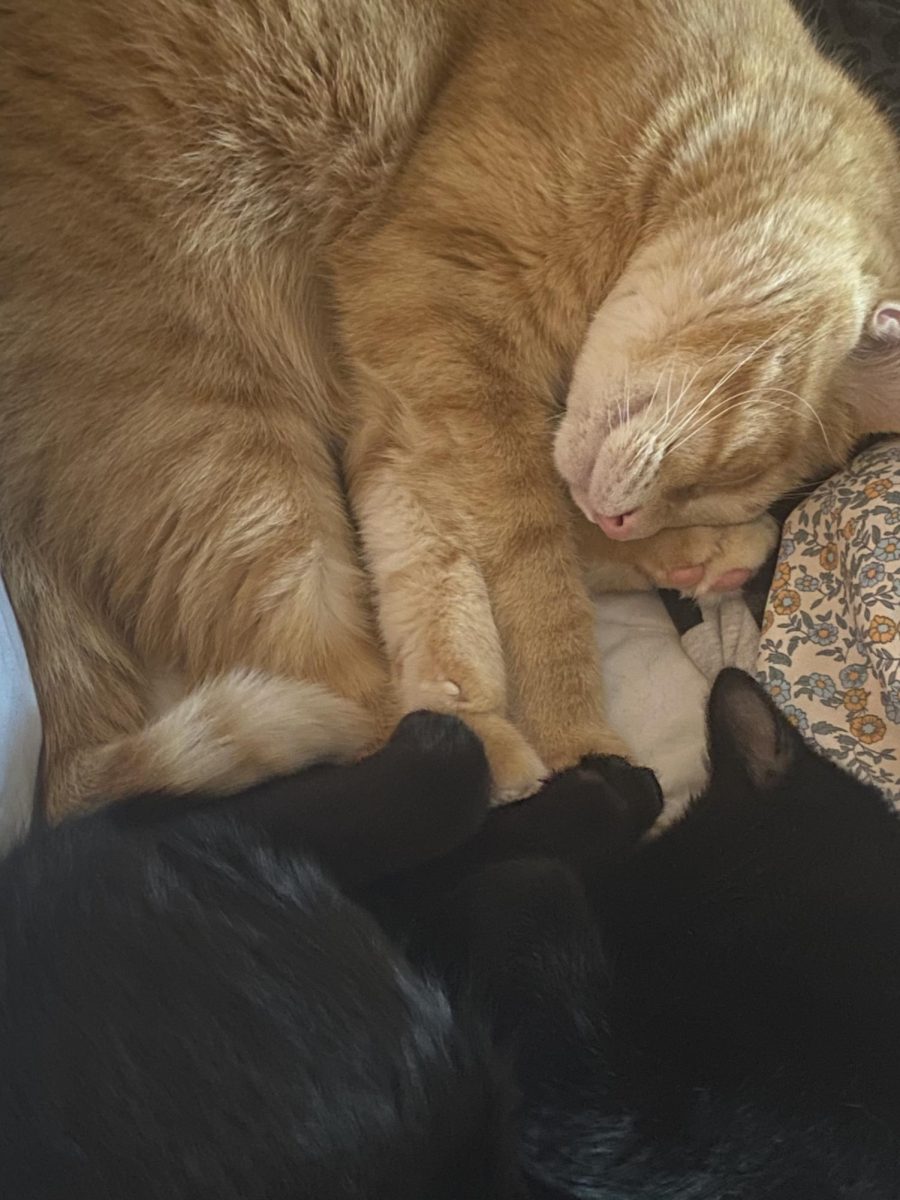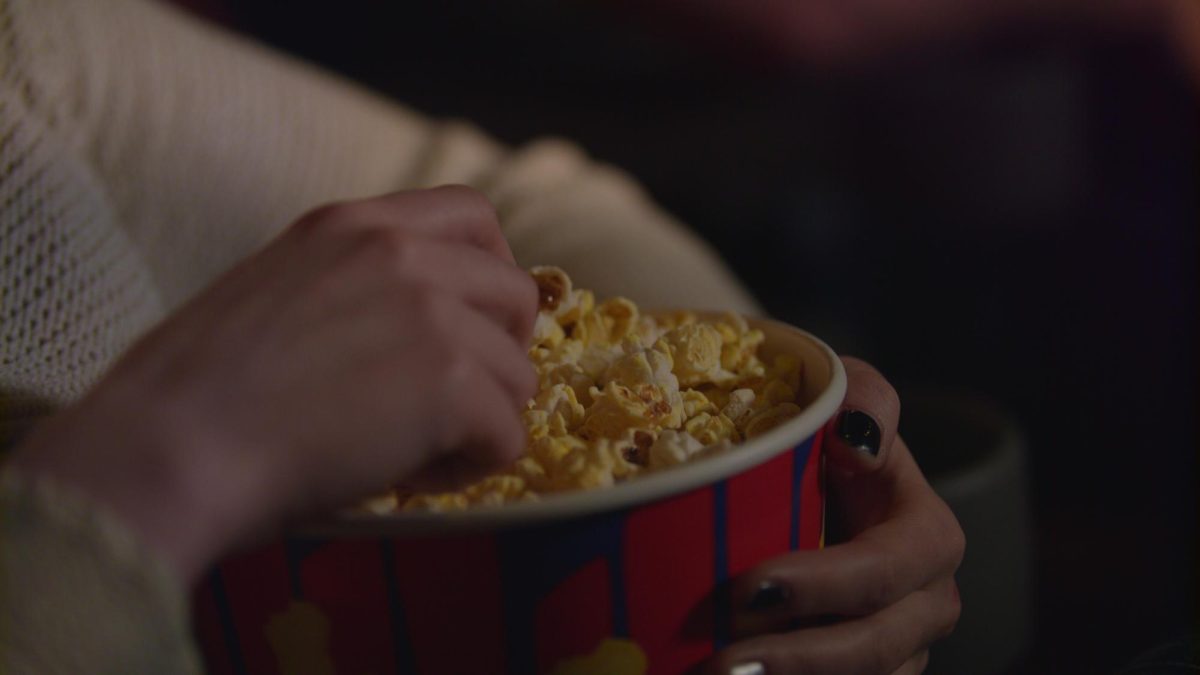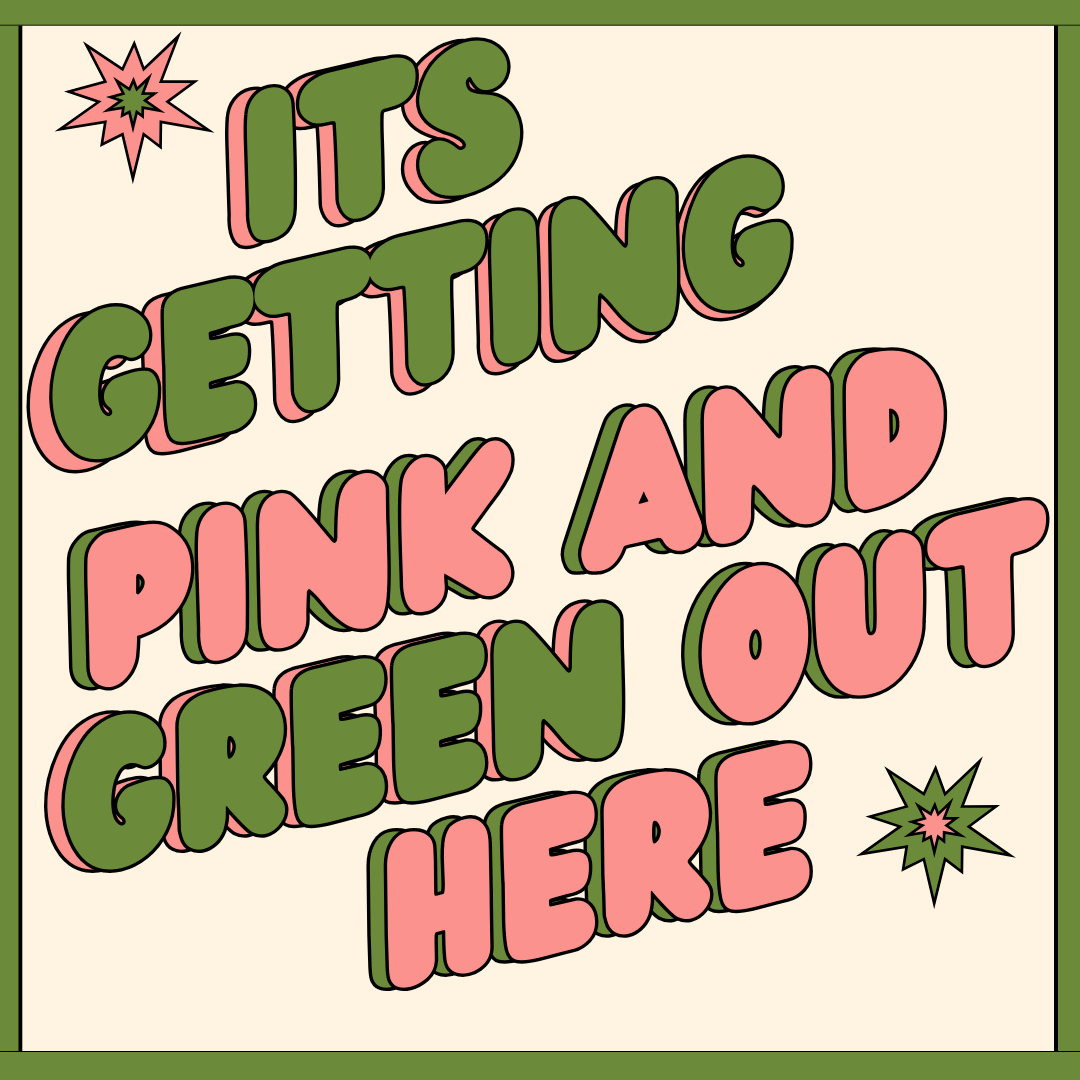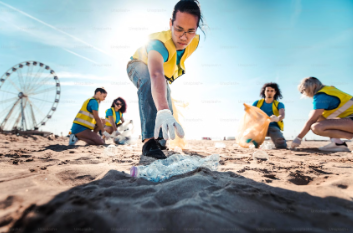
When you think of parties, you think of balloons, right? The quintessential element of any festivity, balloons are so popular that the global party balloon market is predicted to rise up to USD 1,964.4 million by the year 2028. Pollution is also predicted to rise rapidly over the coming years, mostly due in part to waste that was not disposed of properly and made its way into nature. When balloons are released at a gender reveal party or when someone accidentally lets go and it floats away, balloons end up in oceans or animals’ digestive systems. In a statistic from the Sea Turtle Conservancy, over 1 million marine animals die each year from balloons and other pollution that landed in the ocean.
“[Usually balloons] harm wildlife when they become tangled up in the strings and [it] prevents them from moving around and looking for food,” said freshman Lukas Billis. The U.S. Fish and Wildlife Service shares a similar message, asking the public to be responsible with balloons for this exact reason.
Others also acknowledge this threat to global fauna. “[I know balloons] would harm wildlife because when they eat it by accident it’s going to make them sick,” said an anonymous freshman. It is presented that nearly 100,000 marine animals die each year from ingesting plastics and other pollution that made its way into water sources.
The only appropriate way to move forward from this is to do anything and everything that negates the impact of human pollution in the environment. “To minimize the impact we can support groups that are dedicated to solving the problem and rescuing animals from harm,” added the anonymous freshman. Usually, organizations will have beach cleanup days and encourage all to take part in it. In one instance, volunteers were able to clean up more than 100 balloons at the Edwin B. Forsythe National Wildlife Refuge.
The most effective solution is to spread awareness and educate the public on the consequences of their actions. “[I think] there should be more PSA announcements [that] tell people about the potential danger to wildlife,” Billis agrees.
To halt the environmental damage that has been caused, environmentally conscientious choices must be made in people’s everyday lives, and it is just as simple as pausing to think before your next purchase of single-use plastics.



